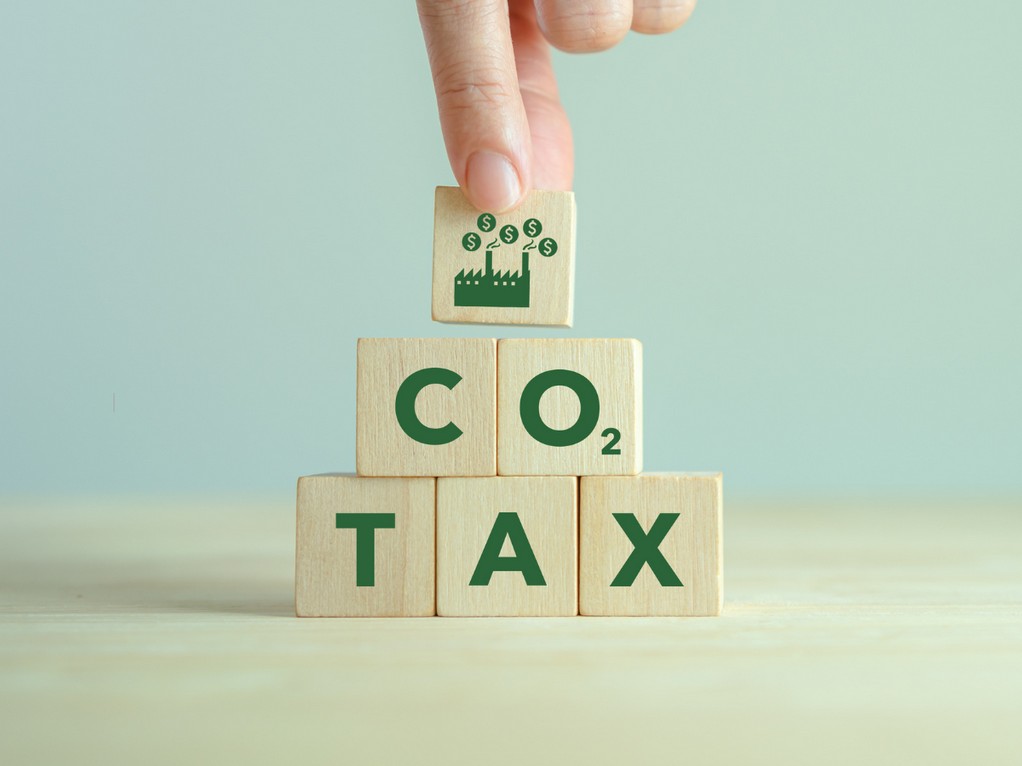During the ongoing transition phase of the EU’s Carbon Border Adjustment Mechanism (CBAM), India is likely to accept the bloc’s default values for calculating carbon emitted during production of identified polluting items, including steel & aluminium, in the country, for export to the region.
Based on averages and their own estimates, the EU is working on a country-wise list of ‘default’ value of embedded emissions for the identified carbon intensive items, and is expected to share it soon, the official said. The items include cement, iron & steel, aluminium, fertilisers, electricity, and hydrogen.
CBAM is an EU regulation to put a “fair” price on carbon emitted during production of carbon intensive items in non-EU countries when they are imported into the bloc. It seeks to level the field for producers in the EU already facing a carbon price for their emissions under the EU Emission Trading System (ETS). While the transition period for CBAM began on October 1 2023, wherein importers need to report the embedded carbon content in their imports on a quarterly basis till end of 2025, the carbon tax regime will kick in from January 2026.
India does not yet have a carbon verification and accreditation system in place and, therefore, may find it difficult to do its own carbon emission determination at the moment. “Given complexity of the legislation governing the CBAM transitional period, which was only recently published, our efforts to develop and implement CBAM-compliant systems capable of delivering fully compliant data are still ongoing,” another official confirmed.
In the short term, until systems are fully developed and implemented, it has been suggested that exporters for “reporting purposes rely on the so-called CBAM ‘default values”, the second official said.
The Indian steel and aluminium sectors are likely to be hit the most by CBAM as some estimates show that they may attract additional levies up to 20-35 per cent if compliance cannot be established.
The EU will develop secondary legislation by the fourth quarter of 2024 to make adjustments to CBAM and design rules and processes to take in to account the effective carbon price paid abroad. These adjustments would include accreditation of verifiers, rules on electricity, and anti-circumvention.
Industry stakeholders have been told that a template is expected very soon and it will be inspired by the European Commission’s voluntary communication template for third-country production installations. It will include the name and details of the product/production installation, sector-specific information where relevant, and applicable carbon prices.
Tags: carbon emissions, Carbon tax, eu, India



Recent Posts
Scandlines Nears Delivery of Zero Emissions Ferry Following Successful Sea Trials
India faces emission roadblocks with rising net-zero demands
Green Energy Resources invests in two electric Liebherr LHM 550
NYK Launches Continuous Use of Bio LNG Fuel on Car Carriers to Advance Decarbonization Goals
Yang Ming Expands Fleet with Methanol and LNG Dual-Fuel Vessels Under Fleet Optimization Plan
ClassNK Advocates Speed Gap Monitoring to Optimize Fuel Efficiency in Heavy Weather
Wärtsilä’s retrofit package for the Corsica Linea ferry Pascal Paoli has resulted in fuel savings of up to 22 percent Corsica Linea
COSCO Shipping Names Second Methanol Dual-Fuel Containership in Yangzhou